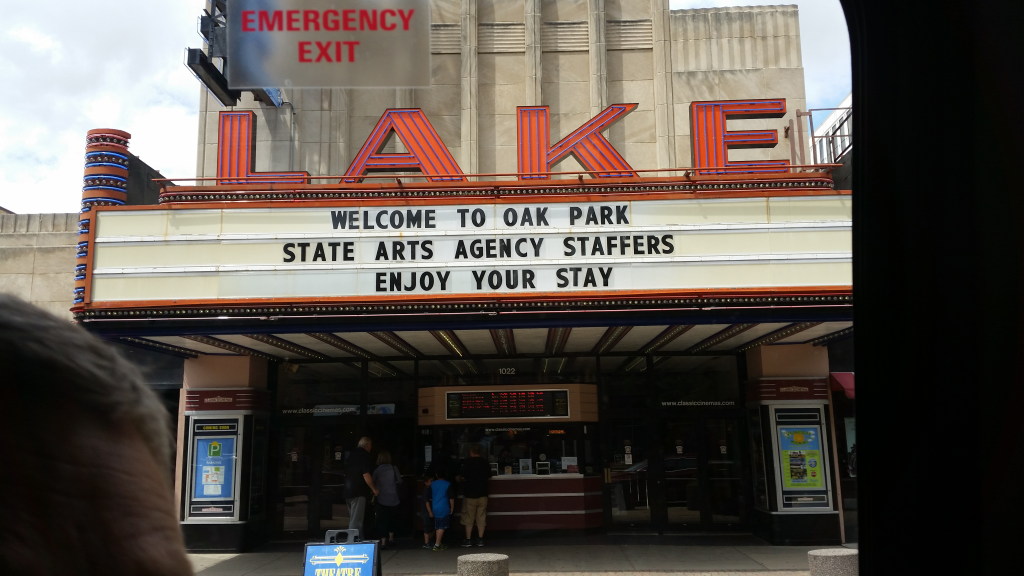NASAA’s Community Development Network Post-Conference Recap
By Shannon Ford, Director of Community Arts Development –
 For the past year, it has been my honor to serve as the Chair of the Community Development Network for the National Assembly of State Arts Agencies (NASAA). Membership in this network is comprised of community development staff from state and territorial arts agencies and also includes national partners like the National Endowment for the Arts (NEA) and Americans for the Arts (AFTA). In this capacity, I organized quarterly conference calls for the network and professional development workshop for my peers at the NASAA Assembly conference in November, 2014.
For the past year, it has been my honor to serve as the Chair of the Community Development Network for the National Assembly of State Arts Agencies (NASAA). Membership in this network is comprised of community development staff from state and territorial arts agencies and also includes national partners like the National Endowment for the Arts (NEA) and Americans for the Arts (AFTA). In this capacity, I organized quarterly conference calls for the network and professional development workshop for my peers at the NASAA Assembly conference in November, 2014.
The culmination of my duties was the organization of a two-day professional development conference for my peers on June 14-16, 2015, immediately following the Americans for the Arts Annual Convention in Chicago. Fortunately for me, my fantastic peers Jennifer Armstrong from the Illinois Arts Council Agency, Jason Bowcutt from the Utah Division of Arts and Museums and Karen Goeschko from the Wisconsin Arts Board provided lots of insight, assistance and rational thought throughout the planning process. The final result was a fast-paced set of workshops that included representatives from Chicago Public Art Group, Chicago Cultural Alliance, Columbia College’s Center for Community Arts Partnerships, Co-Prosperity Sphere, National Museum of Mexican Art, ArtPlace, the Center for Performance and Civic Practice, NEA and Americans for the Arts.
In a nutshell, here are the ideas and understandings that I brought back home with me:
- Community Service Builds Community Support – Lack of diversity on boards, in staffing and among arts participants continues to be treated by many arts and cultural organizations as a short-term problem remedied by stop-gap measures (advisory committee on outreach, anyone?). However, the reality is that addressing access and equity in the arts is a long-term opportunity to preserve community relevance, invigorate programming, instill public value for the arts and build appropriate capital resources.
- Every Community is Anchored by Artists as Community Assets – I am shamelessly borrowing this phrase from one of our conference speakers. It is easy to understand why many people regard the arts as amenities or accessories when we live in a consumerist society. But the arts are so much more than products and commodities. Artists are people engaged in the creative process. Their example helps others imagine how to transform their lives or communities. Their improvisations give people permission to ask questions and take risks. Their expressions often not only help people relate to one another, but also come to terms with their own humanity. Let’s value artists for what they do, as well as what they produce.
- Everyone’s Life Matters – To engage people, you must value their concerns as much as your own. Whether the arts provide intrinsic or instrumental benefits really doesn’t matter, as long as individuals value the impact they provide.

